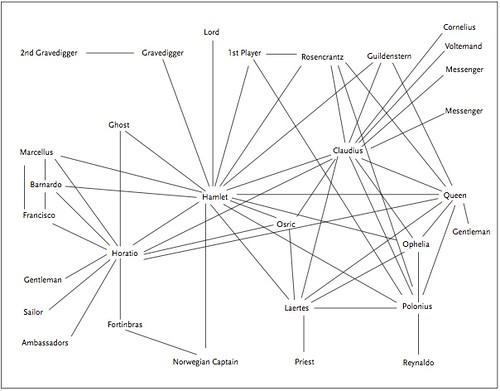by Eric Byrd
“Called the ‘real origin' of Zola's Nana“! What 1950s drugstore customer, twirling the rack of paperbooks,
could resist that pitch? I will assume most contemporary readers are like me, and know the Goncourt brothers best by reading or rumor of their incomparable Journal. In the Journal their novels figure as neglected masterworks pillaged for themes, plots and argot by a generation of younger and more celebrated novelists – pillaged most shamelessly by Zola, who they frankly call a plagiarist. Their rancor and wounded pride made me curious, and when a copy of Germinie Lacerteux (1864) serendipitously surfaced in a dollar bin, I grabbed for it.
It's a failure, at least on the terms the Goncourts set forth in their polemical preface: they wanted to admit the lower classes into literature, via a new, scientific kind of social novel. (They diligently scouted slums and toured hospitals, between art auctions and literary dinners.) The problem is that Germinie – a lady's maid based on the Goncourts' own Rose, an irreproachable retainer of twenty-five years posthumously revealed to have stolen money and wine to fund secret sprees and support a rogue's gallery of gigolos – is dead on the page. On Germinie, the narration sounds here like a detective baldly noting the comings and goings of a mark under surveillance, there like a smug psychologist, righteous with phrenology or eugenics, composing a floridly prejudiced case history of some helpless imbecile. The Goncourts seem content to pass along maxims of human perversity, while remaining uninterested by, or incapable of, the portrayal of humans behaving perversely. They maintain a fastidious distance from scenes, from characters interacting; so much is distantly summarized; and their descriptions frequently become declamations. For all the verbosity lavished on her, Germinie is in the end hardly more vivid that her original, sketched in the Journal.
And yet Germinie Lacerteux has its pleasures, and the Goncourts their strengths. They have a genius for little misanthropic cartoons. Germinie gives everything for the sake of her lover Jupillon, an androgynous momma's boy, prole dandy and tavern idol. Jupillon is no more complex a character than Germinie, but he twitches with vile animation when touched with the Goncourts' galvanic disdain. I enjoyed reading about him. A glovemaker's boy who works in the shop window, he preens and pouts while on view; in the music halls, where he's petted and plied with drinks by fishwives and shawl-menders and depilatresses, Jopillon flaunts his “dubious elegances – hair parted in the middle, locks over his temples, wide-open shirt collars revealing his whole neck,” his sexless features “barely penciled with two moustache-strokes.” Through Jupillon – a prince, a promise of happiness to sad crones “still unused in their innermost depths, who had never been loved” – the Goncourts evoke the drabness and melancholy of the milieu through which he moves (according to his mother) “like a gentleman.”

